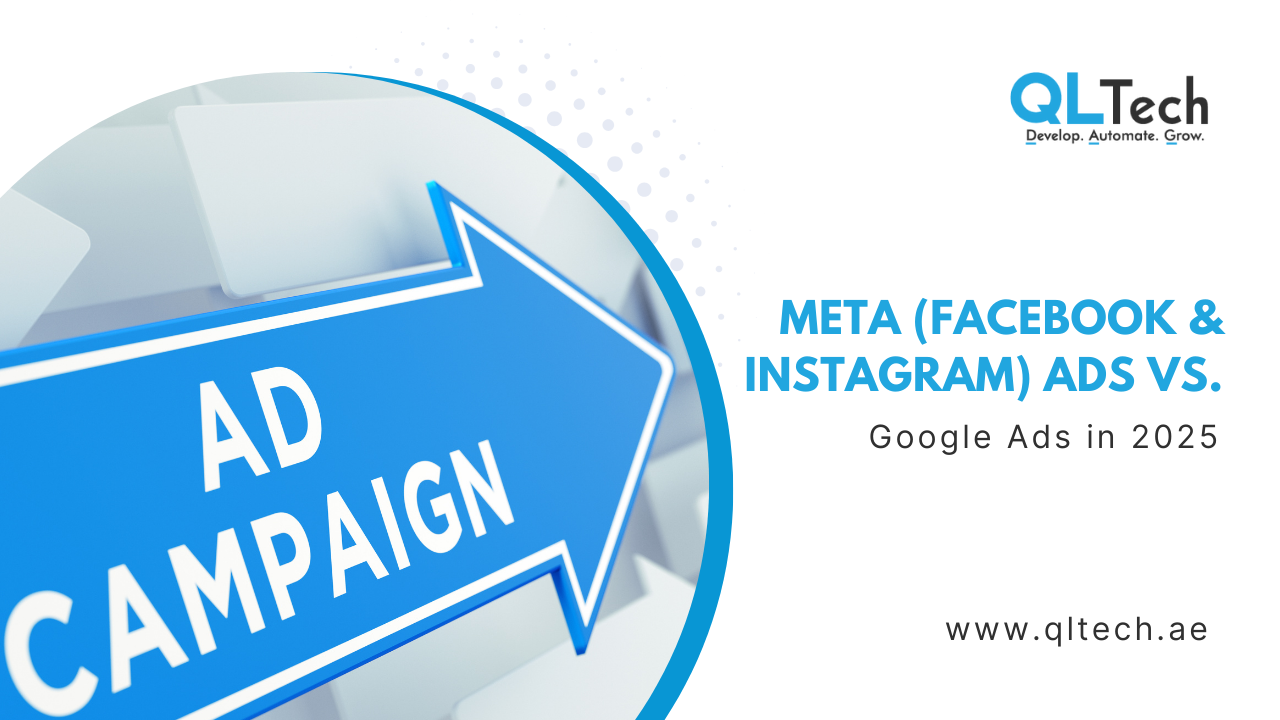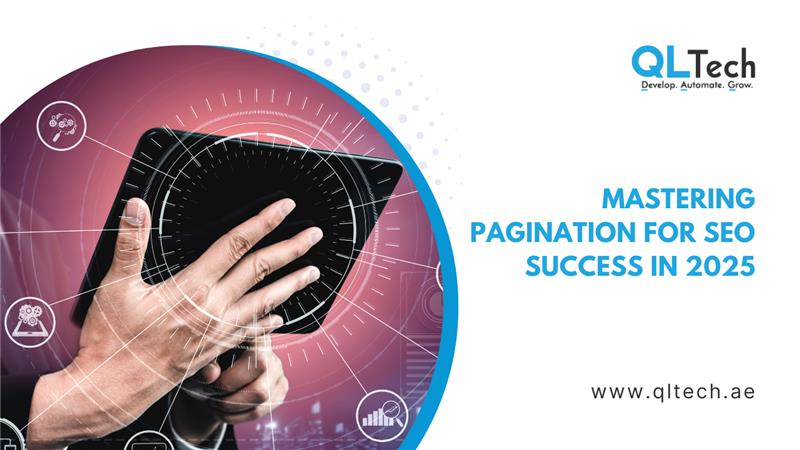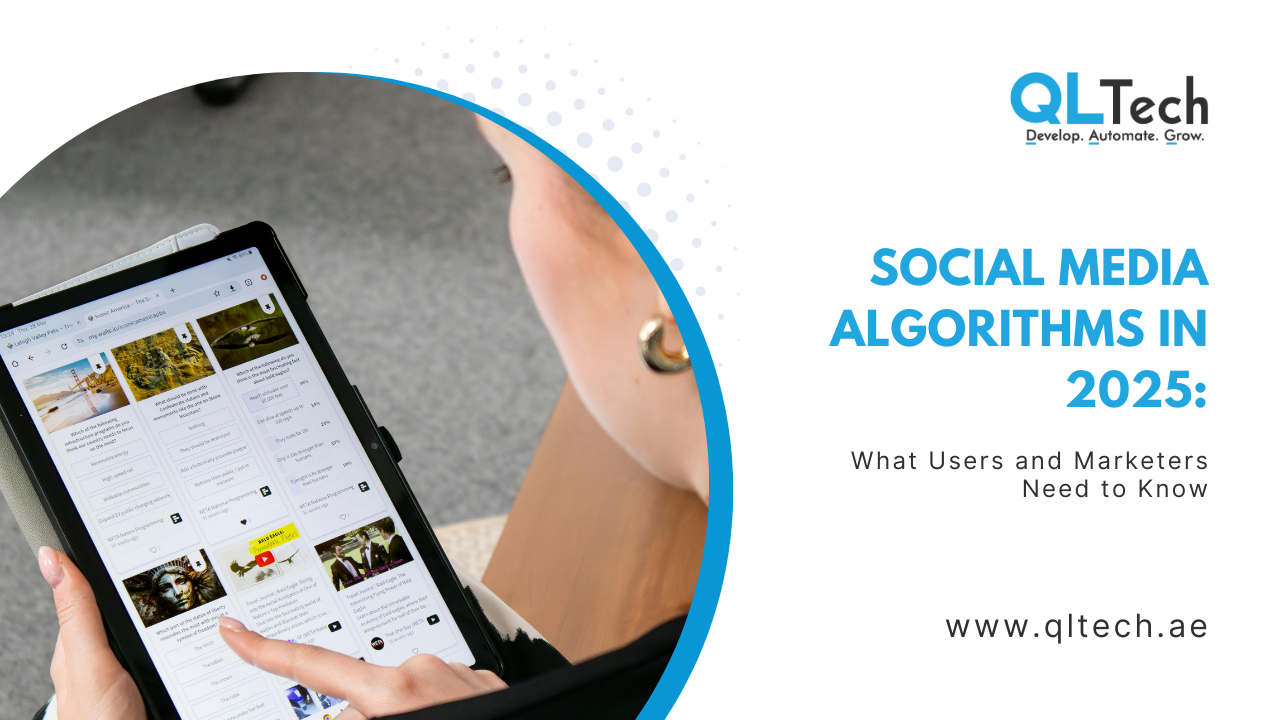The digital shopping experience is evolving, with social media platforms increasingly becoming vital sales channels. Social commerce, the seamless integration of shopping features directly into social media apps, is transforming how consumers discover, browse, and purchase products. This blog explores the latest social commerce features and strategies to help you boost sales directly on platforms like Instagram, Facebook, TikTok, and Pinterest.

Social commerce leverages the massive user bases and engagement levels of social media platforms to create a seamless shopping experience. By integrating shopping features directly into social media apps, brands can reach customers where they already spend a significant amount of time, reducing friction in the purchasing process.
Why Social Commerce Matters:
- Increased Engagement: Users are more likely to engage with products they discover on social media.
- Convenience: Shoppers can purchase products without leaving the app, enhancing the user experience.
- Targeted Marketing: Social media platforms offer sophisticated targeting tools to reach specific demographics and interests.
Key Features of Social Commerce
1. Shoppable Posts and Stories
Platforms like Instagram and Facebook allow businesses to create shoppable posts and stories, where users can click on product tags to view details and make purchases without leaving the app.
- How to Use:
- Tag products in your posts and stories.
- Use compelling visuals and clear CTAs to drive engagement.
- Ensure product information is accurate and attractive.
2. In-App Checkout
Many social media platforms are integrating in-app checkout features, allowing users to complete purchases without leaving the app. This feature simplifies the buying process and reduces cart abandonment rates.
- How to Use:
- Set up your product catalog with detailed descriptions and images.
- Enable the in-app checkout feature on platforms like Facebook and Instagram.
- Streamline the checkout process to minimise friction and enhance user experience.
3. Live Shopping
Live shopping events enable brands to showcase products in real-time, interact with viewers, and drive sales through live video. This feature is popular on platforms like Facebook Live, Instagram Live, and TikTok Live.
- How to Use:
- Plan and promote your live shopping event in advance.
- Showcase products, offer exclusive deals, and engage with viewers through Q&A sessions.
- Use engaging visuals and a clear call-to-action to drive purchases.
4. Social Shopping Ads
Social media platforms offer targeted advertising options that allow businesses to promote their products directly to users within the app. These ads can appear in users’ feeds, stories, or as sponsored content.
- How to Use:
- Create visually appealing ads with clear product images and compelling offers.
- Use platform-specific targeting options to reach your ideal audience.
- Monitor ad performance and optimise campaigns for better results.
5. Augmented Reality (AR) Features
AR technology is enhancing the shopping experience by allowing users to try products virtually before making a purchase. Platforms like Instagram and Snapchat are leading the way with AR try-on features.
- How to Use:
- Develop AR experiences for your products, such as virtual try-ons or interactive product demos.
- Promote AR features in your posts and stories to attract tech-savvy customers.
- Ensure the AR experience is seamless and user-friendly.
1. Optimise Your Product Catalog
A well-organised product catalog is essential for social commerce success. Ensure your catalog is up-to-date with high-quality images, accurate descriptions, and detailed product information.
- Tips:
- Use high-resolution images and videos.
- Include detailed product descriptions, pricing, and availability.
- Categorise products for easy navigation.
2. Leverage User-Generated Content (UGC)
User-generated content, such as customer reviews, photos, and testimonials, can boost credibility and trust. Encourage customers to share their experiences and feature their content on your social media channels.
- Tips:
- Create branded hashtags for customers to use.
- Share user-generated content on your social media profiles.
- Run UGC contests or campaigns to encourage participation.
3. Implement Seamless Checkout Experiences
Streamline the checkout process to reduce friction and increase conversion rates. Ensure that your checkout experience is mobile-friendly, secure, and straightforward.
- Tips:
- Enable guest checkout and minimise the number of fields users need to fill out.
- Provide multiple payment options, including digital wallets and credit cards.
- Use trust signals, such as security badges and customer reviews, to reassure buyers.
4. Utilise Influencer Partnerships
Influencers can amplify your brand’s reach and credibility on social media. Partner with influencers who align with your brand values and have a strong, engaged following.
- Tips:
- Choose influencers whose audience matches your target market.
- Provide influencers with clear guidelines and creative freedom to promote your products.
- Track the performance of influencer campaigns to measure ROI.
5. Analyse and Optimise Performance
Regularly analyse your social commerce metrics to understand what works and what doesn’t. Use insights to refine your strategies and improve your social commerce performance.
- Tips:
- Monitor key metrics such as click-through rates, conversion rates, and average order value.
- Use A/B testing to experiment with different creatives, CTAs, and targeting options.
- Stay updated with the latest trends and platform updates to keep your strategies relevant.
Conclusion
Social commerce is reshaping the retail landscape, offering brands unprecedented opportunities to engage with consumers and boost sales directly on social media platforms. By leveraging the latest features and adopting effective strategies, businesses can create seamless, engaging shopping experiences that drive growth and enhance customer satisfaction. As we move towards 2025, the integration of social commerce into everyday shopping routines is set to deepen, making it essential for brands to stay ahead of the curve and fully embrace this dynamic trend.








